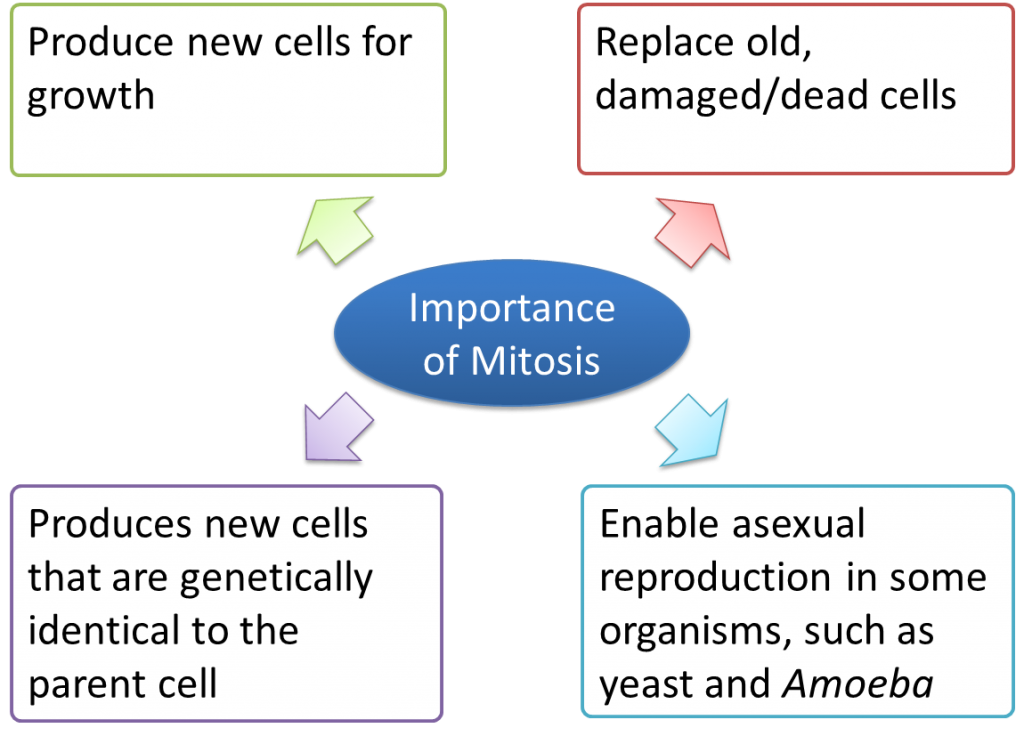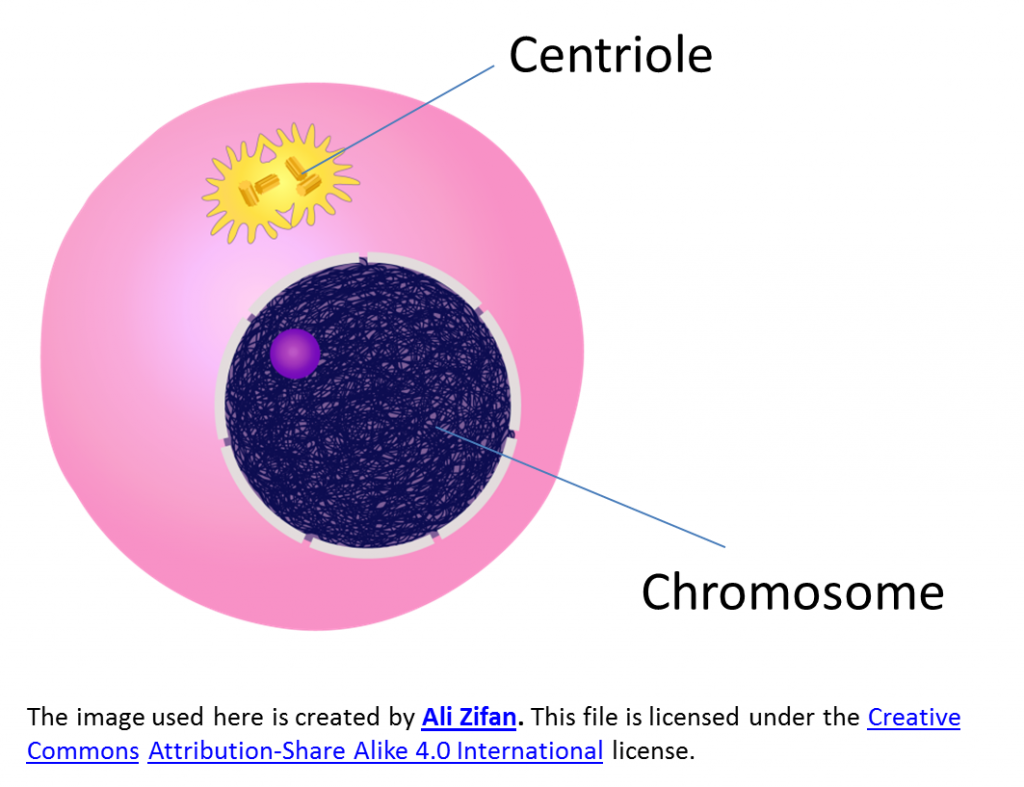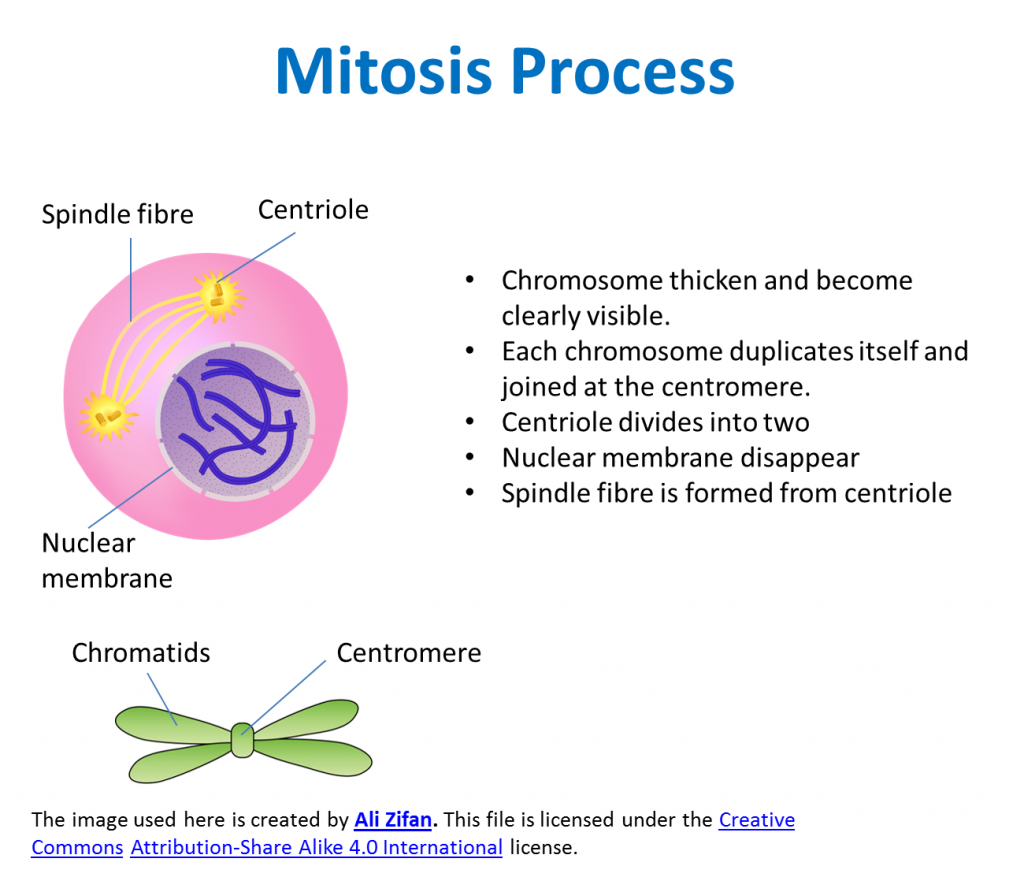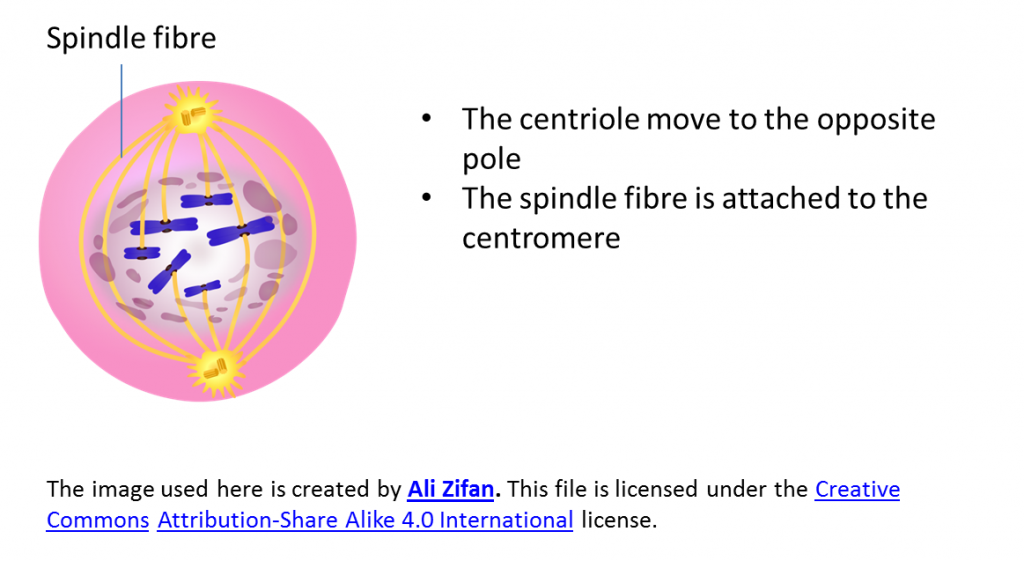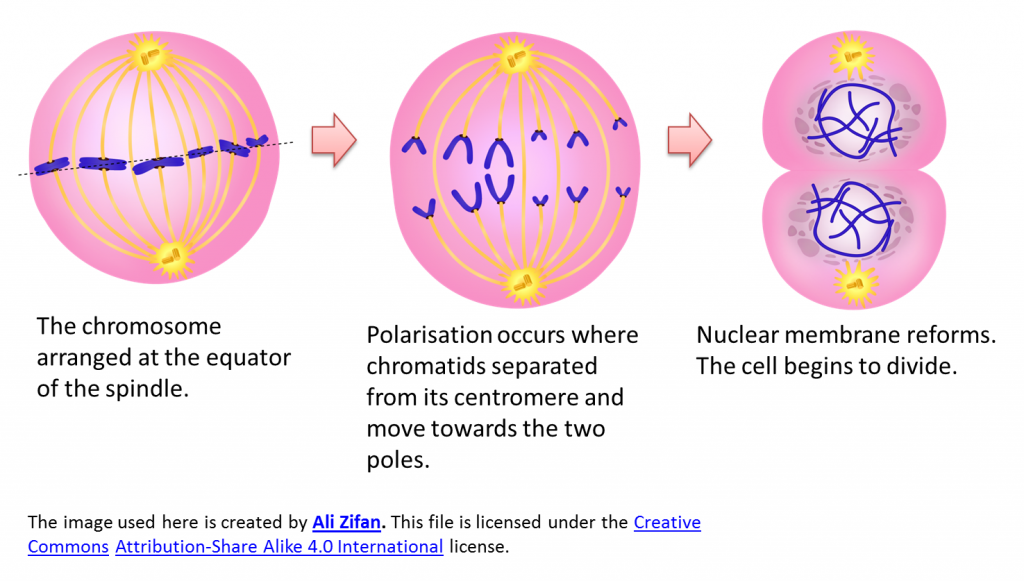Question 1:
Diagram 1 shows the schematic diagram of sex determination in human being.

(a) In Diagram 1, complete the sex chromosomes in gametes K and L. [2 marks]
(b) What is gamete L? [1 mark]
(c) State process B. [1 mark]
(d) State the sex of offspring M. [1 mark]
(e) Based on Diagram 1, state the percentage to get a baby boy. [1 mark]
Answer:
(a) K : X, L : Y
(b) Sperm
(c) Fertilization
(d) Girl
(e) 50%
Diagram 1 shows the schematic diagram of sex determination in human being.

(a) In Diagram 1, complete the sex chromosomes in gametes K and L. [2 marks]
(b) What is gamete L? [1 mark]
(c) State process B. [1 mark]
(d) State the sex of offspring M. [1 mark]
(e) Based on Diagram 1, state the percentage to get a baby boy. [1 mark]
Answer:
(a) K : X, L : Y
(b) Sperm
(c) Fertilization
(d) Girl
(e) 50%





